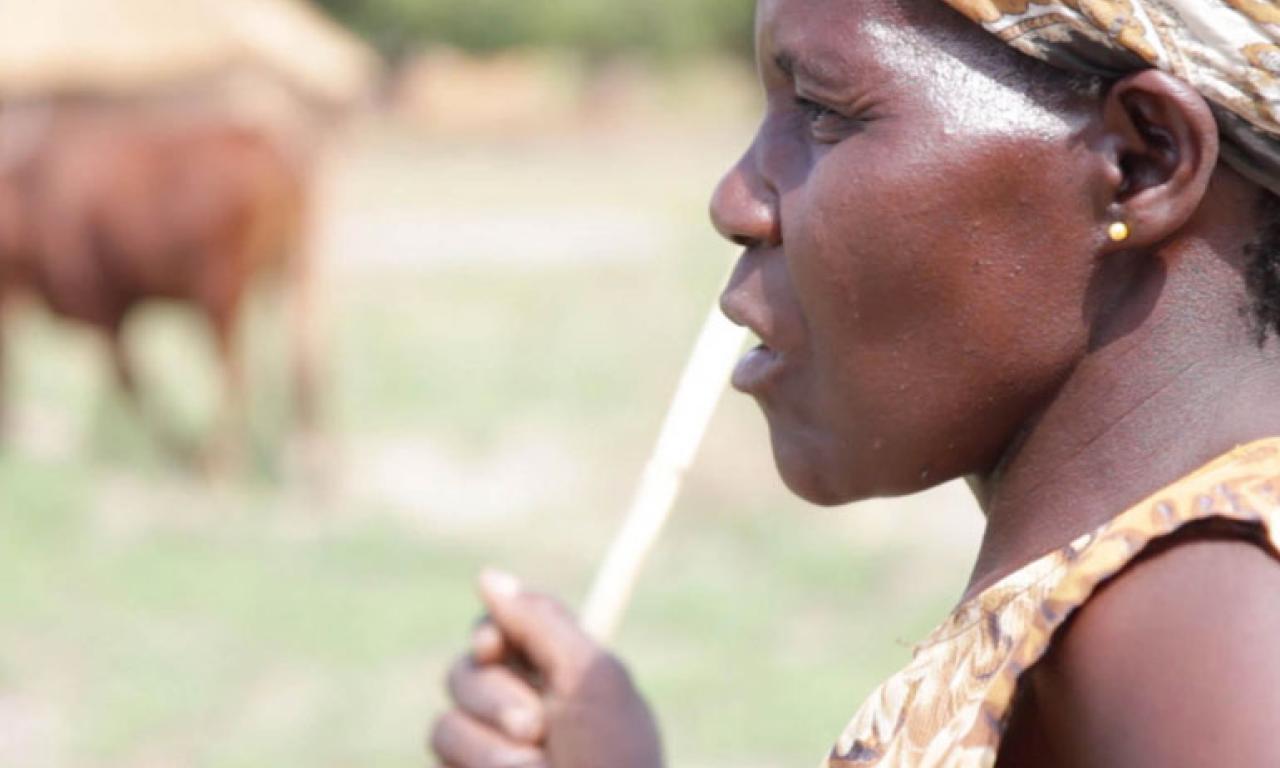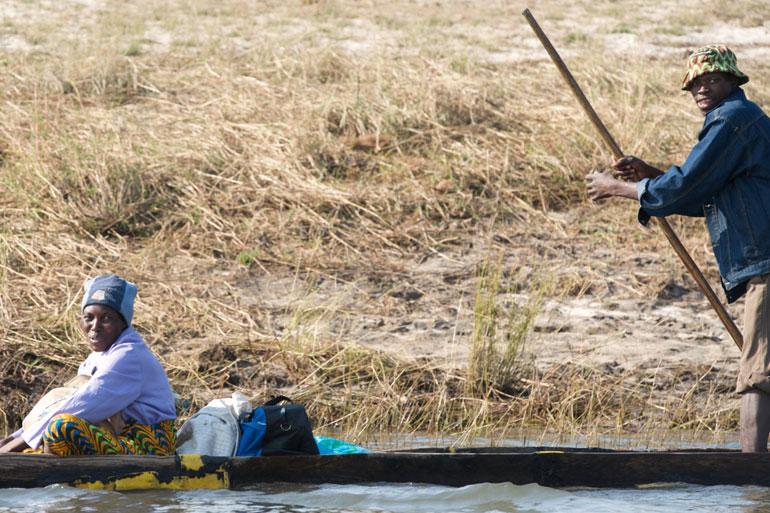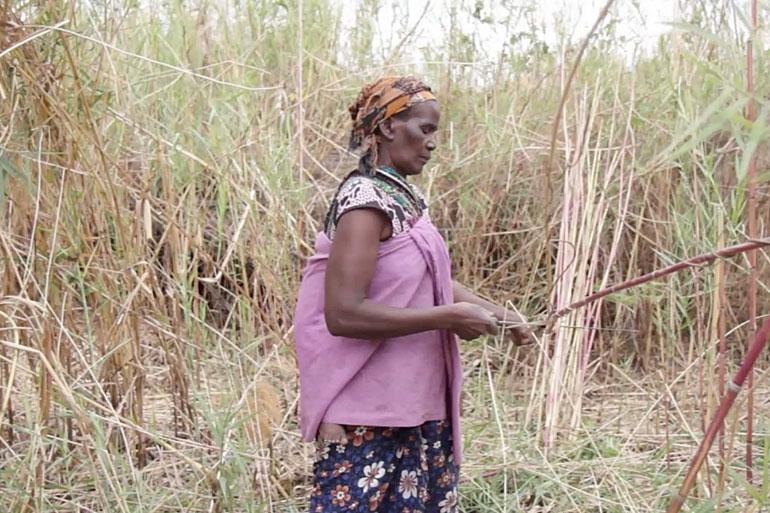
WorldFish research informs a new tool, developed with Johns Hopkins Center for Communication Programs, that aims to foster a more gender-equitable and socially-inclusive environment in the Barotse Floodplain, Zambia.
Recommended publications
- Exploring the intricate relationship between poverty, gender inequality and rural masculinity: A Case study from an Aquatic Agricultural System in Zambia
- Social and gender analysis report: Barotse Floodplain, Western Province, Zambia
WorldFish research informs a new tool, developed with Johns Hopkins Center for Communication Programs, that aims to foster a more gender-equitable and socially-inclusive environment in the Barotse Floodplain, Zambia.
Many households in Zambia’s Barotse Floodplain rely on fishing and crop production for food and livelihood security. But they face many challenges such as climatic changes, water quality issues and weather variability, which often results in low yields.
Improved agricultural technologies—such as seasonal earthen wetland ponds or fish processing technologies—have great potential to boost productivity and income for women and men in Zambia, where rates of poverty are high. But underlying inequitable gender norms and practices can undermine such efforts.
“In the olden days, women never used to fish,” explains mother-of-eight Chuma Akufuna from Namatanda village. “Only men were the ones who used to fish. Us women, our job was agriculture, particularly weeding,” she says.
A WorldFish social and gender analysis carried out in the Barotse Floodplain in 2013 found that women’s and men’s access to land and options for paid and unpaid work are shaped by social and gender norms and power relations. These can negatively affect men and women and have repercussions for household wellbeing. The analysis found that these particularly limit women’s abilities to carry out their livelihoods. Women often have limited ownership of agricultural lands and receive less benefit from harvesting natural resources such as fish from the floodplain areas.
Gender transformative approach
To overcome identified gender-related barriers, WorldFish uses a gender transformative approach (GTA) to help women and men reflect on how norms and power relations affect them and their household’s wellbeing.
As a part of this, the approach invites women and men to draw on their reflections to challenge underlying norms and power relations in their households and communities when they feel they constrain people from equitably making choices and participating in and benefiting from fisheries, aquaculture, and other related activities.
Learning from this process will inform the design and testing of development interventions that aim to improve livelihoods in the floodplain and beyond.
In 2016, as part of this body of work, WorldFish partnered with the Johns Hopkins Center for Communication Programs (CCP), experts in social and behavior change communication. The shared aim was to adapt a proven gender-transformative communication tool—African Transformation™—to fit the context and needs of families in the Barotse Floodplain.
Funding partners welcome to pilot guide
WorldFish and CCP are now welcoming partners interested to fund the rigorous piloting of the result: the Moving Forward Together facilitator’s guide and video case studies. Once piloted and tested with women and men from floodplain communities, it will be published and made widely available free of charge.

The innovative guide combines real-life video stories of women and men from Zambia with structured activities for facilitators to use at community workshops, to encourage women and men to examine social and gender norms and practices and re-construct them based on their analysis and desire for change.
There are seven topics in the guide including social and gender roles, social relations and the benefits of strengthening social networks. An embedded monitoring and evaluation tool is designed to assess attitudes, norms and practices in the local context.
Chuma’s story: “I came to realize that working together was good”
A shortened version of Chuma Akufuna’s story, from session six on economic imbalance, is featured here.
Chuma and her husband Sifuba Sianga rely on agriculture and fishing to provide food and income for their family.
“Us women could not do men-related jobs like cutting reeds because we perceived them to be men’s jobs. Women were never allowed to touch fishnets because fishnets were particularly for men,” explains Chuma, who was responsible for growing maize and other crops for household consumption.
Chuma’s husband Sifuba kept most of the little income he earned from fishing and cutting reeds for himself with the justification that he perceived his wife was sitting idle at home.
“That’s how I came up with the idea that even me, I should be going to cut the reeds to have a share in the money,” says Chuma.
Her husband didn’t like the idea at first, but he didn’t stop her either. So they started cutting reeds together and combining them for sale. Sifuba also taught his wife how to paddle a canoe and use a fishing net. They now earn more money from by working as a team.
“I came to realize that working together was good unlike in the past and I told her that from today we will be going together and I will never leave you behind,” Sifuba says.

Chuma and Sifuba’s inspiring story is a key part of the guide, showing how men and women can mutually respect each other and share decision-making and resources—and how this can lead to better outcomes for families.
“Life is progressing well these days, because there are no longer problems as we are making money more easily. From cutting reeds, we make money together. From fishing, we make money together. The problems that were there in the past are no longer there,” Chuma says.